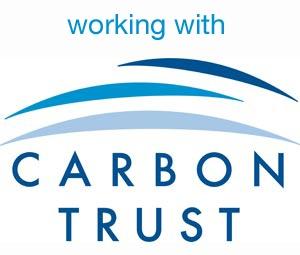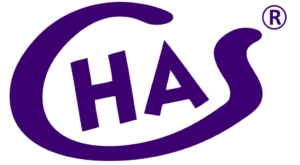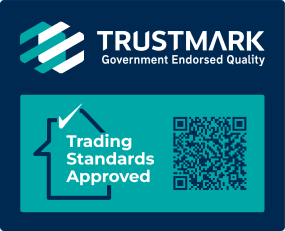As the challenge of overheating in buildings becomes increasingly prominent, maintaining TM52 compliance is crucial for ensuring thermal comfort and mitigating the risk of overheating, particularly in commercial properties. This blog will outline the best practices for maintaining TM52 compliance in commercial properties, addressing the significance of TM52 assessments, the criteria for compliance, and strategies for effective management.
Understanding TM52 Overheating Compliance
The TM52 overheating assessment, developed by the Chartered Institution of Building Services Engineers (CIBSE), plays a pivotal role in assessing the risk of overheating in buildings, especially during the non-heating season. It sets three compliance criteria to guide the assessment process, namely:
- Criterion 1: Evaluates the percentage of occupied hours where the temperature exceeds the threshold comfort temperature (Tmax).
- Criterion 2: Sets a daily limit for acceptability based on the cumulative value of temperature exceedance.
- Criterion 3: Establishes an upper limit temperature beyond which a building’s temperature cannot exceed during the non-heating season.
Importance of TM52 Compliance in Commercial Properties
Occupant Well-being and Productivity
Maintaining TM52 compliance is essential for providing a comfortable and safe environment for occupants, thereby enhancing their well-being and productivity. Commercial properties that adhere to TM52 criteria prioritise the comfort and performance of their occupants.
Regulatory Compliance
Ensuring TM52 compliance is crucial for meeting regulatory requirements and standards. It demonstrates a commitment to providing thermal comfort within commercial properties and mitigating the risk of overheating, aligning with sustainability and environmental goals.
Energy Efficiency and Cost Savings
Effective management of TM52 compliance can lead to improved energy efficiency and reduced reliance on mechanical cooling systems, resulting in substantial cost savings and environmental benefits for commercial properties.
Best Practices for Maintaining TM52 Compliance
Early Consideration of Design Features
During the design phase of commercial properties, early consideration of design features that reduce the risk of overheating is essential. This includes optimising insulation, shading, natural ventilation, and the orientation of glazing to control solar gain.
Dynamic Simulation Modelling
Utilising dynamic simulation modelling during the detailed design phase allows for a comprehensive assessment of a building’s thermal performance. It provides insights into potential overheating risks and aids in the development of effective mitigation strategies.
Collaboration with Sustainable Energy Consultants
Engaging with sustainable energy consultants early in the design process enables comprehensive verification of passive design strategies to minimise overheating in commercial properties. Their expertise can ensure compliance with TM52 criteria and the implementation of cost-effective solutions.
Adaptive Thermal Comfort Strategies
Implementing adaptive thermal comfort strategies that adjust temperature thresholds based on external conditions can enhance the resilience of commercial properties to overheating, while aligning with TM52 compliance requirements.
Continuous Monitoring and Reporting
Regular monitoring and reporting of a building’s thermal performance and indoor temperatures are essential for identifying potential deviations from TM52 compliance. This allows for proactive management and timely intervention to address any issues.
Integration with Other Building Regulations
Understanding how TM52 compliance interacts with other building regulations, such as Part O, Part K, and Part M, is crucial for ensuring a holistic approach to thermal comfort and compliance in commercial properties.
Conclusion
Maintaining TM52 compliance in commercial properties is imperative for promoting occupant well-being, achieving energy efficiency, and meeting regulatory standards. By embracing best practices such as early consideration of design features, dynamic simulation modelling, collaboration with sustainable energy consultants, and adaptive thermal comfort strategies, commercial property owners and developers can effectively manage overheating risks and ensure compliance with TM52 criteria.
By prioritising TM52 compliance, commercial properties can create comfortable, sustainable, and resilient environments that support the well-being of occupants and contribute to a more energy-efficient future. If you need assistance in maintaining TM52 compliance for your commercial property, our team of experts is here to guide you through the process and ensure optimal thermal comfort and compliance.











